- Have you ever felt like your cat is silently watching your every move, measuring your worthiness? If so, you’re not imagining things—cats are famously cautious creatures, and their trust isn’t given lightly. Before you become the chosen one in their world, you must pass a series of subtle but significant tests. From gentle glances to mysterious vanishing acts, cats have perfected the art of sizing up humans. If you’re eager to crack the code of feline trust, get ready to discover the surprising, sometimes hilarious, and always heartwarming ways cats test us. Cat lovers, prepare to see your favorite feline in a whole new light!
The Watchful Stare: Assessing Your Intentions

One of the first signs a cat is sizing you up is the ever-present, piercing stare. Cats will often sit quietly, gazing at you with unblinking eyes. This isn’t just idle curiosity; they’re observing your body language, tone of voice, and how you move in their space. The watchful stare helps them determine whether you’re a friend or foe. If you return their gaze with slow blinks and gentle movements, you’re sending signals of peace and respect. Over time, their stare may soften, showing they’re beginning to feel safe around you. For the cat, this is a silent conversation—one that speaks volumes about their potential trust.
Maintaining Distance: Testing Your Patience

Cats are masters of social distancing, especially when they’re uncertain about someone new. They may keep a safe distance, watching from afar or even retreating under furniture if you approach too quickly. This behavior isn’t rejection; it’s a way for them to observe you without feeling threatened. If you respect their boundaries and allow them to approach you on their terms, you’re proving you can be trusted. Patience is key—forcing interaction can set you back, while gentle persistence shows them you’re willing to wait for their affection. In the world of cats, patience isn’t just a virtue—it’s a test you must pass.
Testing with Scents: The Subtle Sniff

Smell is everything to a cat. When they tentatively sniff your hand, shoes, or belongings, they’re gathering crucial information about you. This sniffing ritual is a cat’s way of cataloging your scent and determining if you’re familiar, safe, or a potential threat. If a cat rubs their face or body against you after sniffing, it’s a sign they’re beginning to accept you into their world. However, if they recoil or avoid contact, they may need more time. Be patient—let the cat lead this exchange, and you’ll soon notice more frequent and confident scent explorations.
The Play Invitation: Gauging Your Energy

Cats are playful by nature, but they don’t invite just anyone into their games. If a cat brings you a toy, pounces near your feet, or initiates a chase, they’re testing your willingness to engage on their terms. Responding with gentle play—using a string or feather toy, for example—shows you respect their boundaries and understand their need for stimulation. Too much roughness or ignoring their invitation can break the fragile trust you’re building. Through play, cats not only release energy but also build a positive association with you, marking a crucial step in the trust-building process.
Offering Their Belly: The Ultimate Test
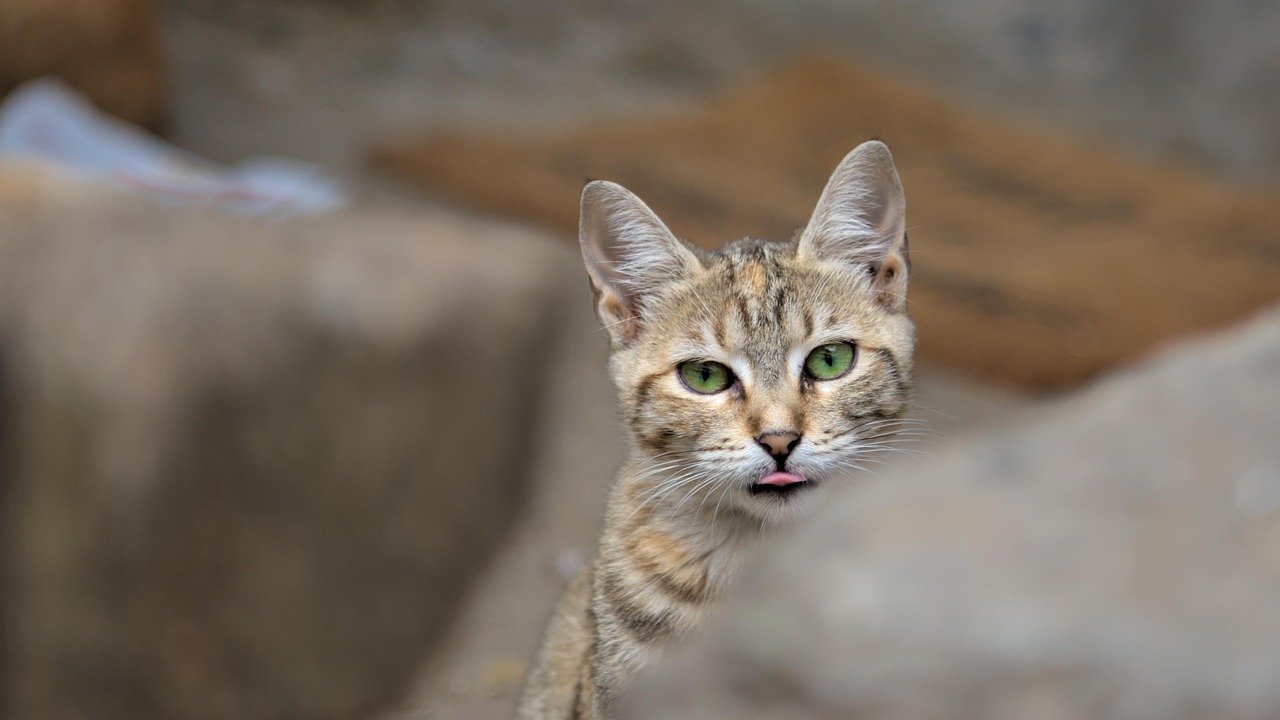
When a cat rolls onto its back and exposes its belly, it’s not always an invitation for a rub. In fact, the exposed belly is a vulnerable position, and showing it is one of the highest forms of trust a cat can offer. Some cats may allow a gentle stroke, while others are simply testing your restraint. If you respect their boundaries and don’t immediately reach out to touch, you’re showing you understand their language. Passing the belly test means you’ve proven yourself trustworthy enough to be close in their most defenseless moments.
Bringing You “Gifts”: Testing Your Reaction
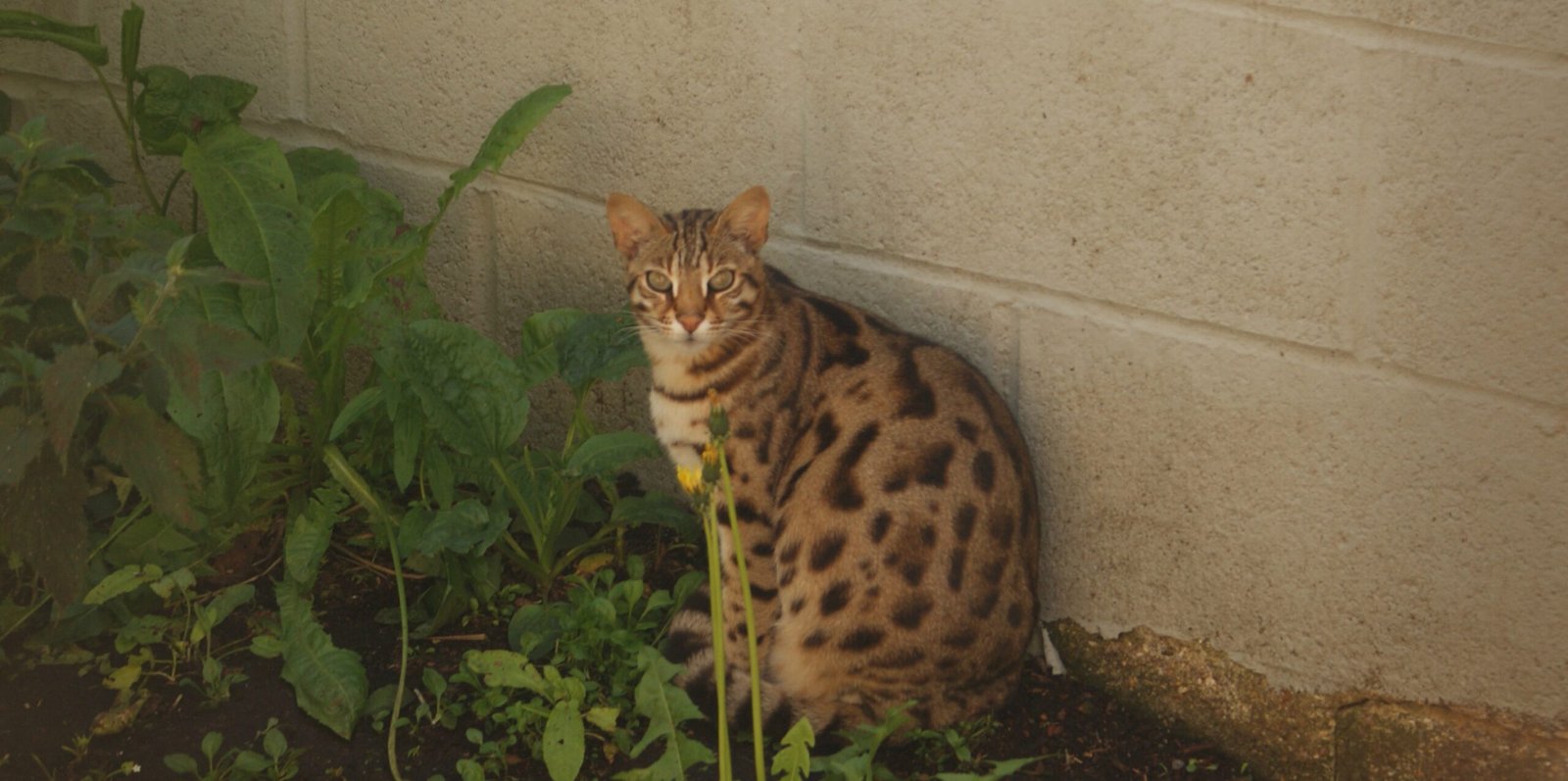
Some cats express trust by bringing you “gifts”—these can range from toys to, sometimes, less pleasant surprises like a caught insect or rodent. While it might seem odd or even alarming, this behavior is rooted in their instinct to share resources with those they trust. Your reaction matters; praising their effort rather than scolding them helps reinforce your bond. If you handle their offering with patience and understanding, you’re showing the cat that you value their trust and are a safe companion.
Vocalizations: Listening to Their Language

Cats communicate a wide range of emotions through meows, purrs, chirps, and even hisses. When a cat vocalizes around you, they’re testing how you respond to their unique language. Responding gently, mimicking their sounds, or speaking softly can encourage them to open up more. Ignoring or responding harshly can have the opposite effect. Over time, successful communication builds trust, and you may notice your cat developing a special “conversation” just for you.
Following You Around: Seeking Your Presence
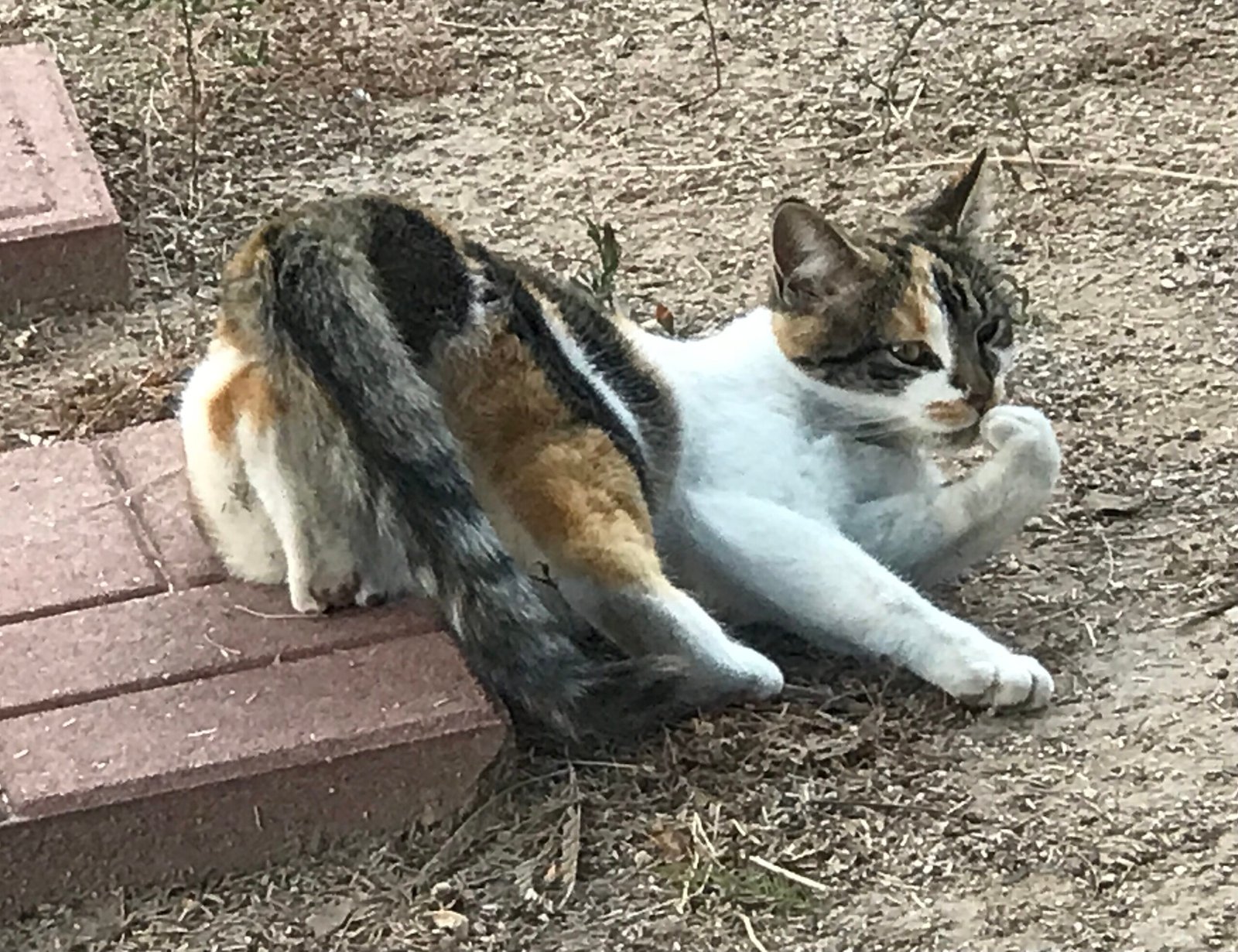
Once a cat starts following you from room to room, it’s a clear sign they’re interested in your company. This behavior might seem subtle—they may sit near you rather than on you—but it’s their way of testing your reliability and availability. If you acknowledge their presence, offer a soft word, or occasionally reach down for a gentle pet, you’re reinforcing the idea that you’re a dependable friend. Consistency in your reactions helps them feel secure, deepening their trust over time.
Sleeping Nearby: Trusting You While Vulnerable
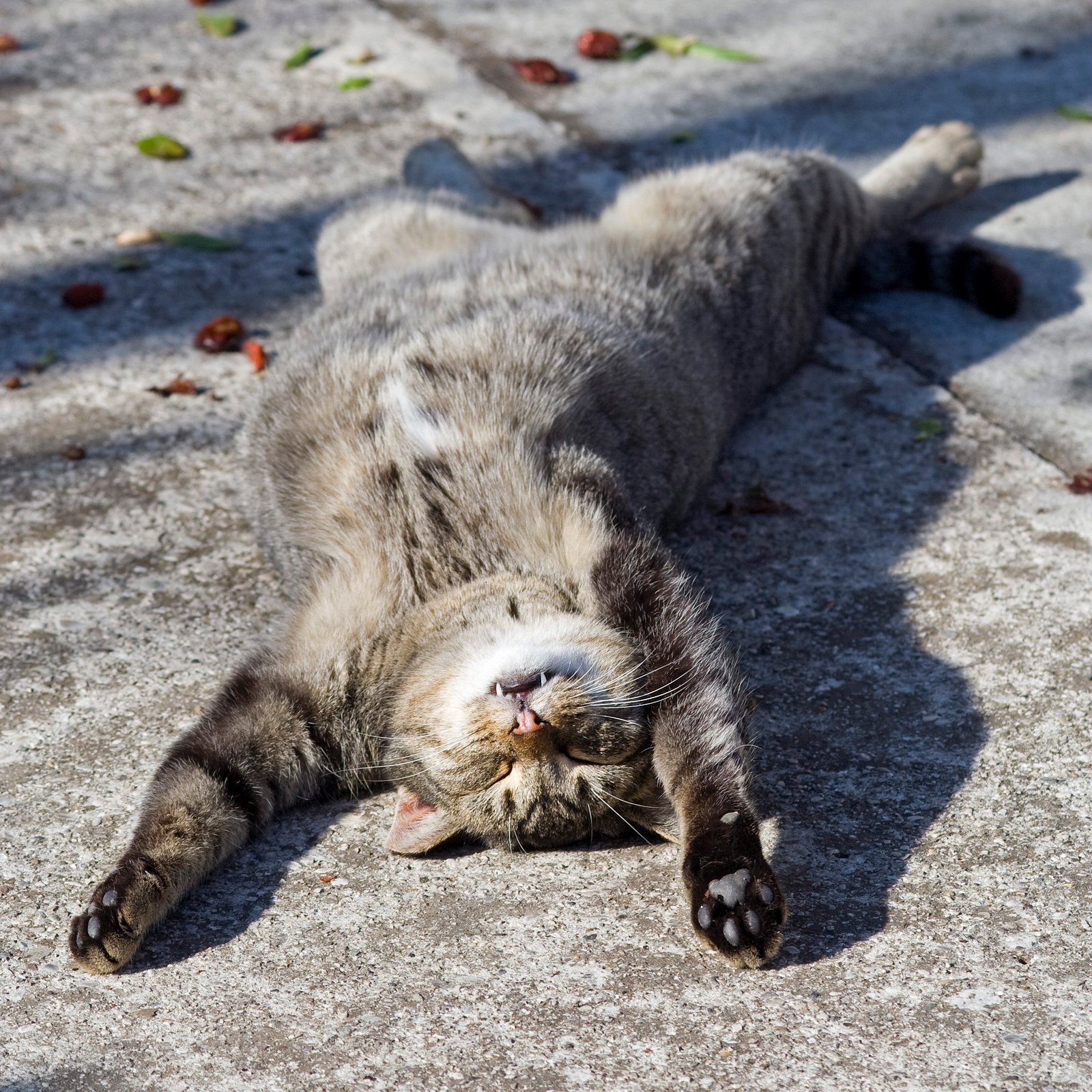
Cats are at their most vulnerable when they sleep. If your cat chooses to nap close to you, or even in the same room, they’re testing whether you’re safe to be around when their guard is down. This is a huge step in the trust-building process. Avoid startling them while they rest and create a peaceful environment; this reassures your cat that you’re mindful of their needs. Over time, a cat that sleeps near you may eventually choose your lap or bed as their favorite place.
Slow Blinks: Sharing Feline Affection

The slow blink is a cat’s equivalent of a warm hug or a gentle smile. When a cat looks at you and slowly closes and opens its eyes, it’s expressing trust and affection. They’re inviting you to share in a moment of peace. If you return the gesture by slowly blinking back, you’re participating in a secret feline code of friendship. This exchange, though simple, is a powerful way cats test your understanding of their subtle communication style.
Gentle Head Butts: Marking You as Their Own

A head butt, or “bunting,” is a cat’s way of marking you with their scent, claiming you as part of their territory. This action is both affectionate and strategic—they’re mixing their scent with yours, signaling to other animals that you belong together. When a cat initiates a head butt, responding with gentle pets or a soft voice reinforces the bond. It’s their way of saying, “I trust you enough to make you part of my world.”
Ignoring You: Seeing How You React

Sometimes, cats will deliberately ignore you—walking past without a glance or sitting with their back to you. This isn’t a sign of dislike; rather, it’s a subtle test to see how you handle their independence. If you respect their space and don’t push for attention, you demonstrate that you understand their need for autonomy. Over time, this respectful distance can actually draw a cat closer, as they learn you won’t overwhelm them.
Testing Boundaries: Gentle Nips and Swats

Cats use gentle nips or swats to test your reaction to their boundaries. If you pull away calmly or redirect their attention without anger, you’re showing respect for their limits. Overreacting or punishing can damage trust, while a measured response teaches them they’re safe to express themselves around you. These little tests help cats gauge whether you’ll respect their moods and preferences.
Mirroring Your Behavior: Adapting to Your Rhythm

Cats are observant creatures, and they’ll often mirror your behavior as a way of testing compatibility. For example, if you sit quietly, they may settle nearby. If you’re energetic, they might engage in play. This mirroring is their attempt to see if your energy matches theirs, and if you can coexist peacefully. Noticing and adapting to these cues shows them you’re attentive and willing to meet them halfway.
Watching How You Interact with Others
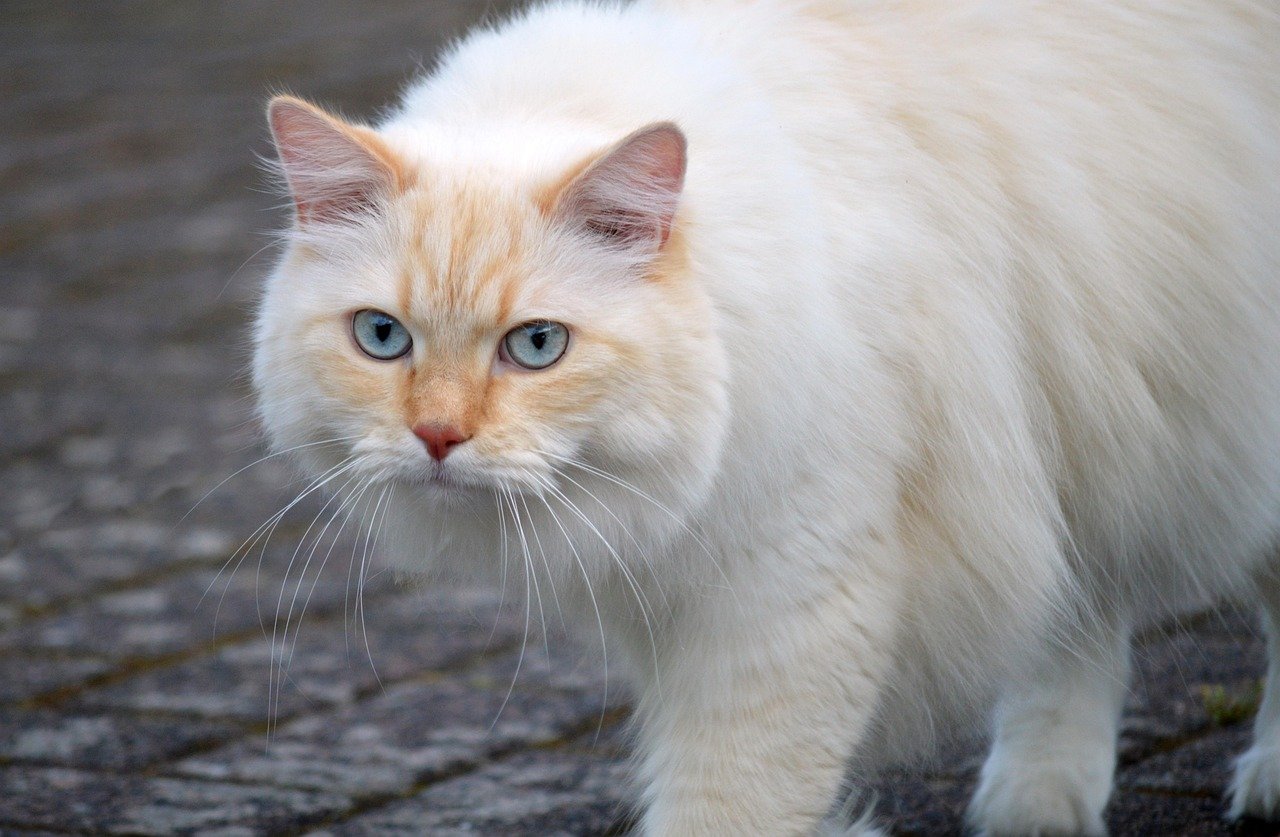
Cats don’t just observe how you treat them—they watch how you interact with other people and animals, too. If you’re consistently gentle, calm, and respectful, your cat will notice. They may even test your reactions by observing you from a hidden spot. Positive interactions with others reassure your cat that you’re a safe presence in all situations, not just when you’re focused on them.
Testing New Environments Together
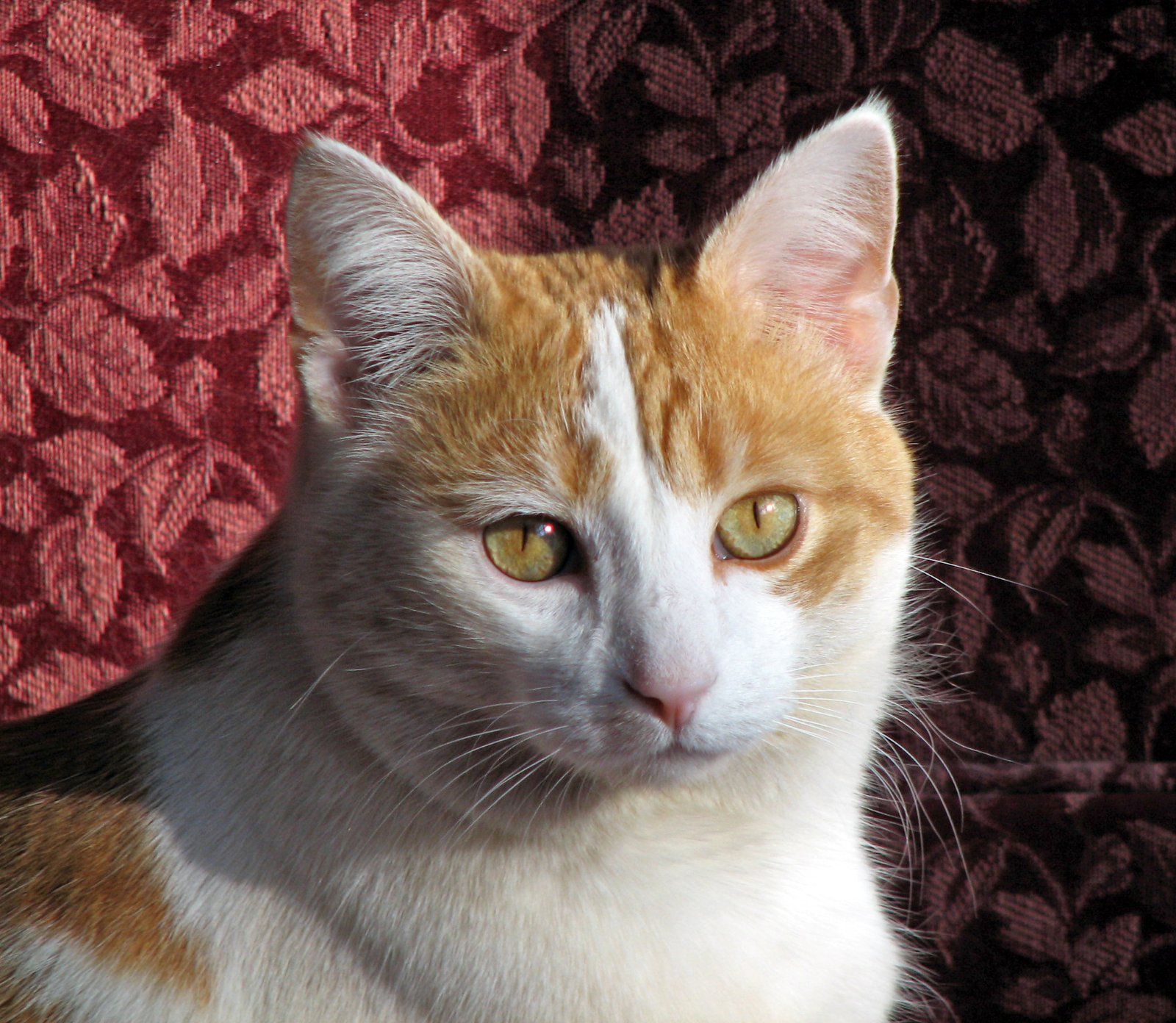
Introducing a cat to a new room or environment can be a big deal. They’ll often watch to see how you handle the situation—whether you’re calm, patient, and supportive or anxious and rushed. If you move slowly and allow them to explore at their own pace, you’re passing another trust test. Your reactions in unfamiliar settings show your cat that you can be relied on, no matter what changes come your way.
Initiating Grooming Sessions: Shared Care
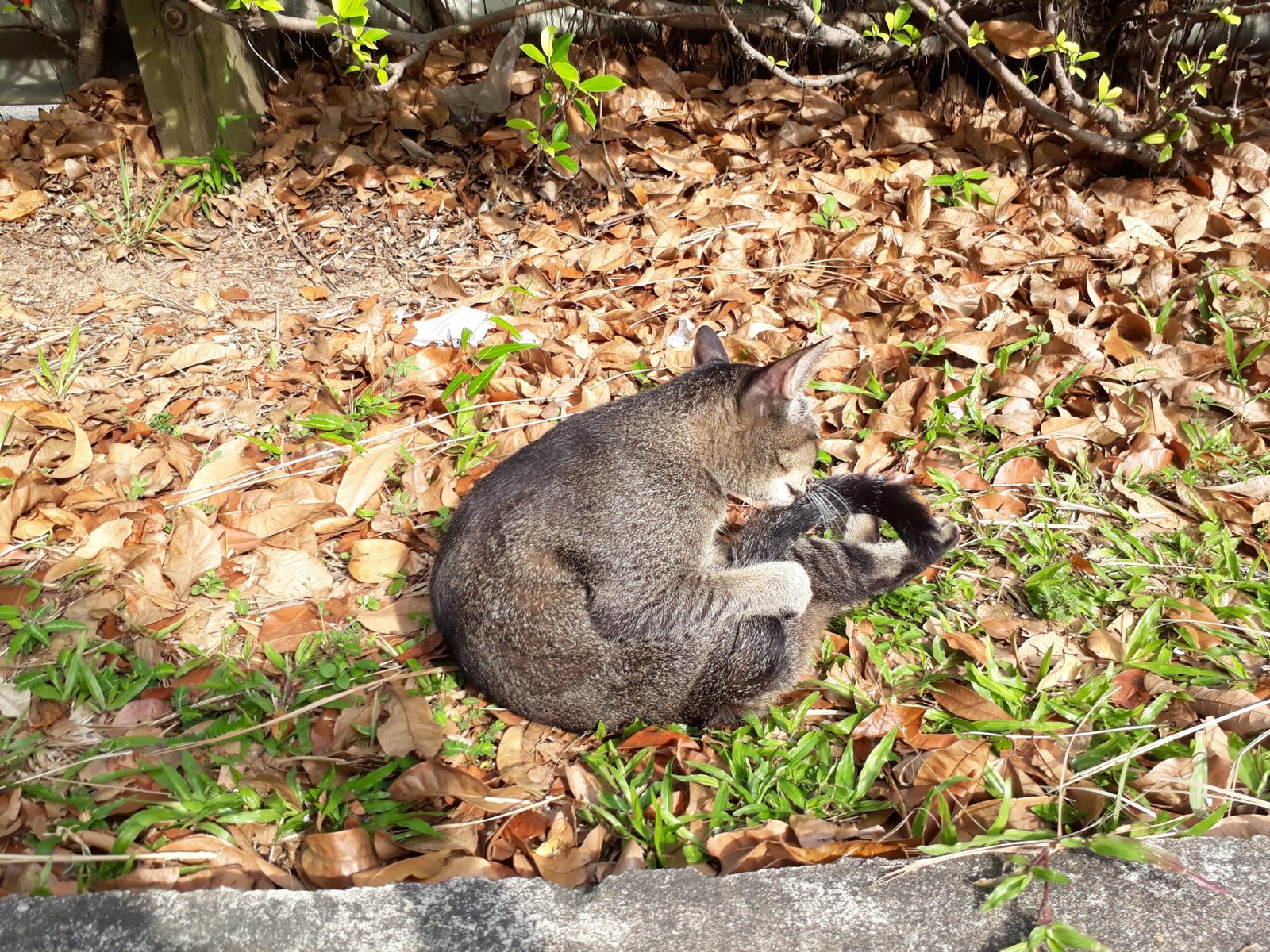
When a cat begins to groom you—licking your hand or hair—they’re offering a powerful sign of trust. Grooming is a bonding activity among cats, and including you in this ritual means they consider you part of their inner circle. How you respond matters; gentle pats or stillness show appreciation for their affection. This test is all about accepting their care and returning it in kind.
Reacting to Loud Noises: Seeking Your Reassurance

Cats are sensitive to sudden noises, and they’ll often look to you for cues on how to react. If you remain calm and provide gentle comfort, you’re showing them they can trust you in stressful situations. Overreacting or ignoring their fear can hinder your bond. By being a steady presence during noisy moments, you pass another crucial test in the journey to feline trust.
Allowing Handling: Subtle Acceptance of Touch
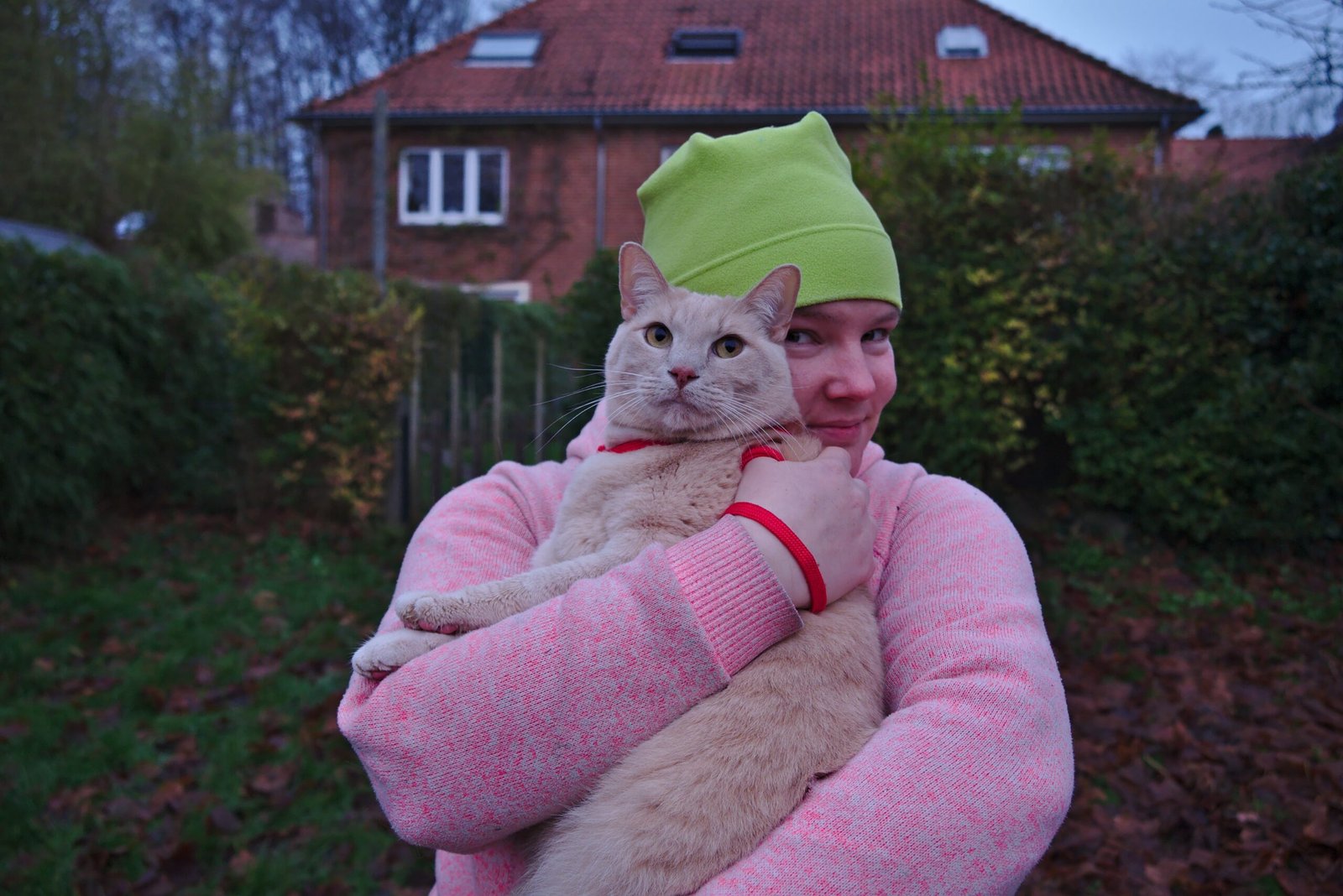
Cats may test your touch tolerance by letting you pick them up or hold their paws—sometimes only briefly. If you’re gentle and respect their signals, they’ll gradually allow more contact. This stage is about building confidence in your ability to handle them with care. Rushing or forcing physical affection can set you back, but respecting their limits shows you’re attuned to their needs.
Returning After Absence: Measuring Your Loyalty
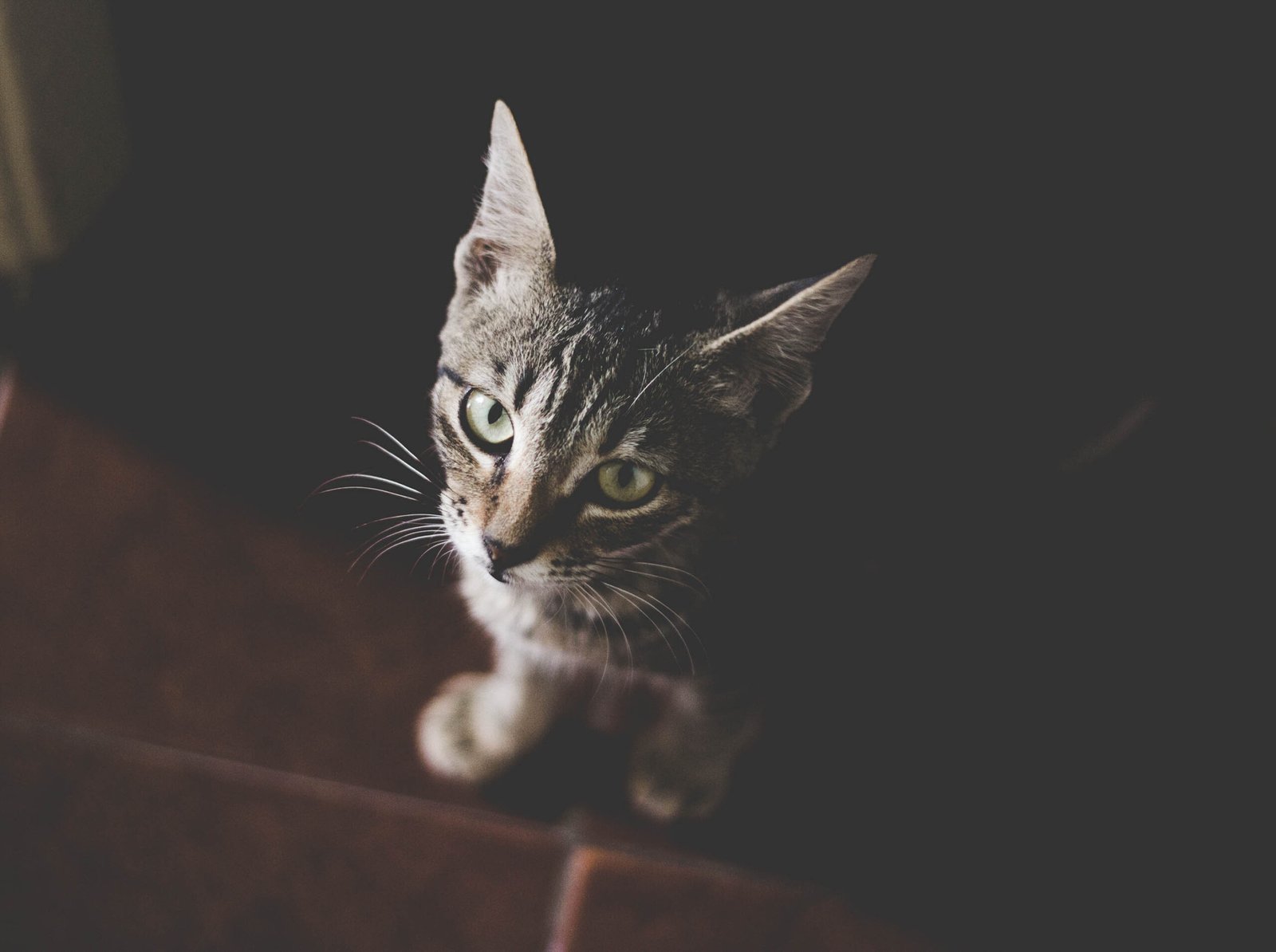
When you leave home, cats notice your absence, and they’ll often test your loyalty upon your return. Some may ignore you at first, while others might greet you with enthusiastic meows or head butts. Your response—whether you offer calm reassurance or respect their initial distance—tells your cat whether they can rely on your presence. Over time, consistent returns help build a sense of security and deepen trust.
Observing Your Mood Swings: Consistency is Key

Cats are remarkably perceptive and will observe how you handle stress, anger, or sadness. They may test your emotional stability by watching how you react to daily ups and downs. If you maintain a generally calm and predictable demeanor, your cat will feel more comfortable around you. Dramatic mood swings or unpredictable behavior can make them wary. By showing emotional consistency, you become a safe haven in their ever-watchful eyes.
Hi, I’m Bola, a passionate writer and creative strategist with a knack for crafting compelling content that educates, inspires, and connects. Over the years, I’ve honed my skills across various writing fields, including content creation, copywriting, online course development, and video scriptwriting.
When I’m not at my desk, you’ll find me exploring new ideas, reading books, or brainstorming creative ways to solve challenges. I believe that words have the power to transform, and I’m here to help you leverage that power for success.
Thanks for stopping by, Keep coming to this website to checkout new articles form me. You’d always love it!






